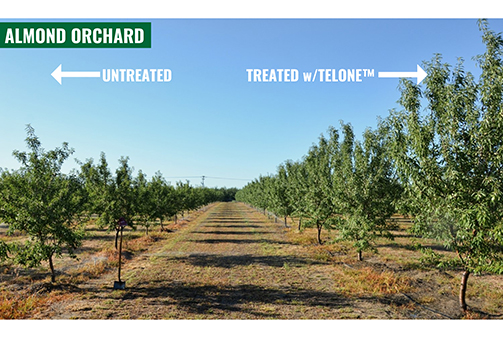Study Shows UV Lamps Can Help Put a Stop to Spider Mites in Strawberries
University of Florida scientists are shining a new light on crop protection — literally. Researchers there have found that by aiming UV lamps on a field of strawberries in the middle of the night, they can zap spider mites. With the new findings, there is hope commercial farmers will soon be able to use this unique pest control method.
A newly published study concludes the UV lamp can effectively control the mites by applying light twice a week at night. The study gives scientists and growers data about the amount of UV light necessary to significantly reduce the number of spider mite eggs in strawberry fields – without reducing fruit yield, according to Sriyanka Lahiri, a UF/IFAS Assistant Professor of entomology.
“An added advantage is that UV light does not leave any residue behind and can be applied using automated robotic units already in production by commercial sources,” Lahiri says.
Scientists need more field trials to further confirm the benefits of the UV light treatment on the mites as well as other pests such as thrips. Because spider mites and thrips are more difficult to control using these doses of UV light at night, scientists need to explore a combination of insecticides and higher doses of UV light.
“Since very few miticides (sprays) are currently effective in suppressing twospotted spider mites in strawberries, the use of UV light provides an effective physical control method that can be used in fields and in high-tunnel strawberry production systems,” Lahiri says. “If left unmanaged, this pest will feed voraciously on leaves and cover the plant with webbing, causing tremendous fruit loss.”
Similarly, UF/IFAS researchers have already proved they can use UV lamps to thwart strawberry pathogens in the field.
Natalia Peres, UF/IFAS Plant Pathologist, says UV lamp technology has lots of potential for growers.
“UV is another tool in the growers’ constant fight against pests and diseases,” she adds. “It is particularly effective against diseases and pests that are present on the surface of the plants. Thus, other tools are still needed for those pathogens that are more deeply colonized into the strawberry tissue or flying insects that might not be present at the time of the application.”









